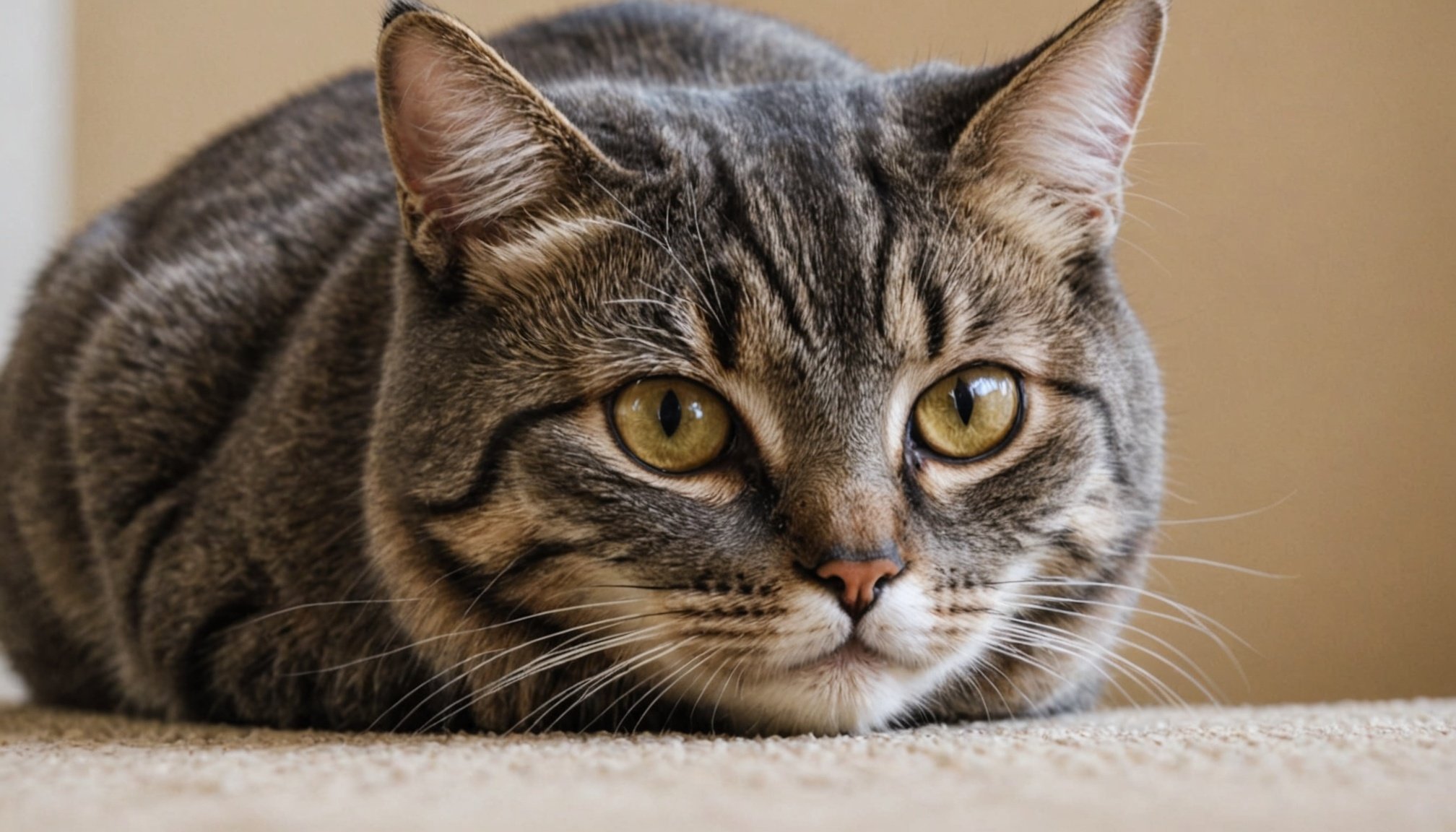Cats, like humans, can experience a variety of skin conditions that may cause discomfort and anxiety for both the feline and their guardian. Understanding these skin conditions is crucial in ensuring your cat’s health and happiness. This article aims to provide you with comprehensive insights into the common skin issues that cats may encounter, along with practical guidance on treatment methods. By the end of this read, you will be better equipped to handle any skin problems your feline friends may face.
Recognizing Fungal Infections in Cats
Fungal infections, particularly ringworm, are among the most prevalent skin issues affecting cats. Despite its name, ringworm is not caused by a worm, but rather a fungal infection known as dermatophytosis. This condition is notorious for its high contagion rate, affecting both animals and humans, making it crucial for cat owners to recognize the symptoms early.
In the same genre : Ultimate guide to temperature management for keeping hairless cats, including peterbalds, cozy and comfortable
Identifying Symptoms
Ringworm often presents as a circular patch of hair loss with a red or scaly appearance. This condition typically appears on the head, ears, forelimbs, and paws. Your cat might also exhibit excessive scratching or grooming, as the infection can be quite itchy.
Treatment Approaches
Isolation is essential to prevent the spread of ringworm to other pets and humans. Topical antifungal creams or ointments, prescribed by a veterinarian, play a significant role in addressing skin lesions. In more severe cases, oral antifungal medications may be required. It’s also vital to maintain a clean living environment, using disinfectants to eliminate fungal spores.
This might interest you : Essential considerations for introducing a special needs cat to your family home
Preventive Measures
Regular grooming and routine veterinary check-ups can help in early detection of fungal infections. Keeping your cat’s living area clean and disinfected aids in reducing the risk of ringworm and other fungal issues.
Understanding Allergic Dermatitis in Cats
Allergic dermatitis represents another common skin concern in cats, stemming from various allergens, including flea bites, food, or environmental factors like pollen or dust mites. This condition can lead to intense itching, redness, and discomfort.
Identifying Symptoms
Cats suffering from allergic dermatitis often exhibit scratching, licking, or biting at affected areas, leading to skin lesions or bald patches. You may notice red, inflamed skin, and in some cases, a rash or areas of thickened skin. These symptoms often occur around the face, neck, and back.
Treatment Approaches
The first step in treating allergic dermatitis is identifying and eliminating the allergen. Flea control is paramount; using veterinarian-approved flea preventatives can significantly reduce flea bite-induced allergies. Dietary adjustments might be necessary if a food allergy is suspected. Anti-inflammatory medications or antihistamines can help alleviate symptoms and provide relief.
Preventive Measures
Consistent use of flea preventatives, regular grooming, and feeding a balanced diet can help mitigate the risk of allergic dermatitis. Observing your cat’s behavior and skin condition regularly can assist in early detection and intervention.
Dealing with Bacterial Skin Infections
Bacterial infections, such as pyoderma, can develop in cats secondary to other skin conditions or due to injuries. These infections manifest as painful sores, pimples, or abscesses, posing a threat to your cat’s overall health if left untreated.
Identifying Symptoms
Common signs of bacterial skin infections include pus-filled bumps, redness, swelling, and sometimes a foul odor emanating from the infected area. Affected cats may show signs of discomfort when touched and might have a fever.
Treatment Approaches
Veterinary treatment is essential when dealing with bacterial infections. Antibiotics are commonly prescribed to combat the infection effectively. In some cases, cleaning the lesions with antiseptic solutions can help in managing the condition.
Preventive Measures
Routine hygiene practices, such as regular grooming and cleaning of your cat’s living area, can help reduce the chances of bacterial infections. Additionally, monitoring your cat for scratches and wounds can avert infections by allowing for immediate treatment.
Addressing Parasitic Skin Conditions
Parasitic infestations, such as those caused by mites or ticks, can lead to severe skin problems in cats. These tiny invaders often cause discomfort and pose a risk of transmissible diseases to both pets and humans.
Identifying Symptoms
Cats afflicted by parasites usually display incessant scratching or biting at their skin. You might notice hair loss, redness, and inflammation, particularly around the ears, neck, and tail. Ear mites, for example, cause a black, waxy buildup in the ears, leading to discomfort.
Treatment Approaches
Consulting a veterinarian is crucial in managing parasitic conditions. Anti-parasitic treatments, available in topical or oral forms, are highly effective in eliminating these pests. Regular application of recommended flea and tick preventatives can keep infestations at bay.
Preventive Measures
Maintaining a clean environment and using preventive anti-parasitic products consistently are key to preventing infestations. Regular checks for parasites during grooming sessions can help in early detection.
Understanding and addressing your cat’s skin conditions is paramount to their health and well-being. By recognizing symptoms early and implementing effective treatment strategies, you can ensure your feline companion leads a happy, comfortable life. Regular grooming, maintaining a clean environment, and consulting with your veterinarian are essential practices in preventing and managing common skin issues in cats. Proactive care and attention can go a long way in safeguarding your pet’s health. We hope this article has empowered you with the knowledge to confidently care for your beloved furry friend.










